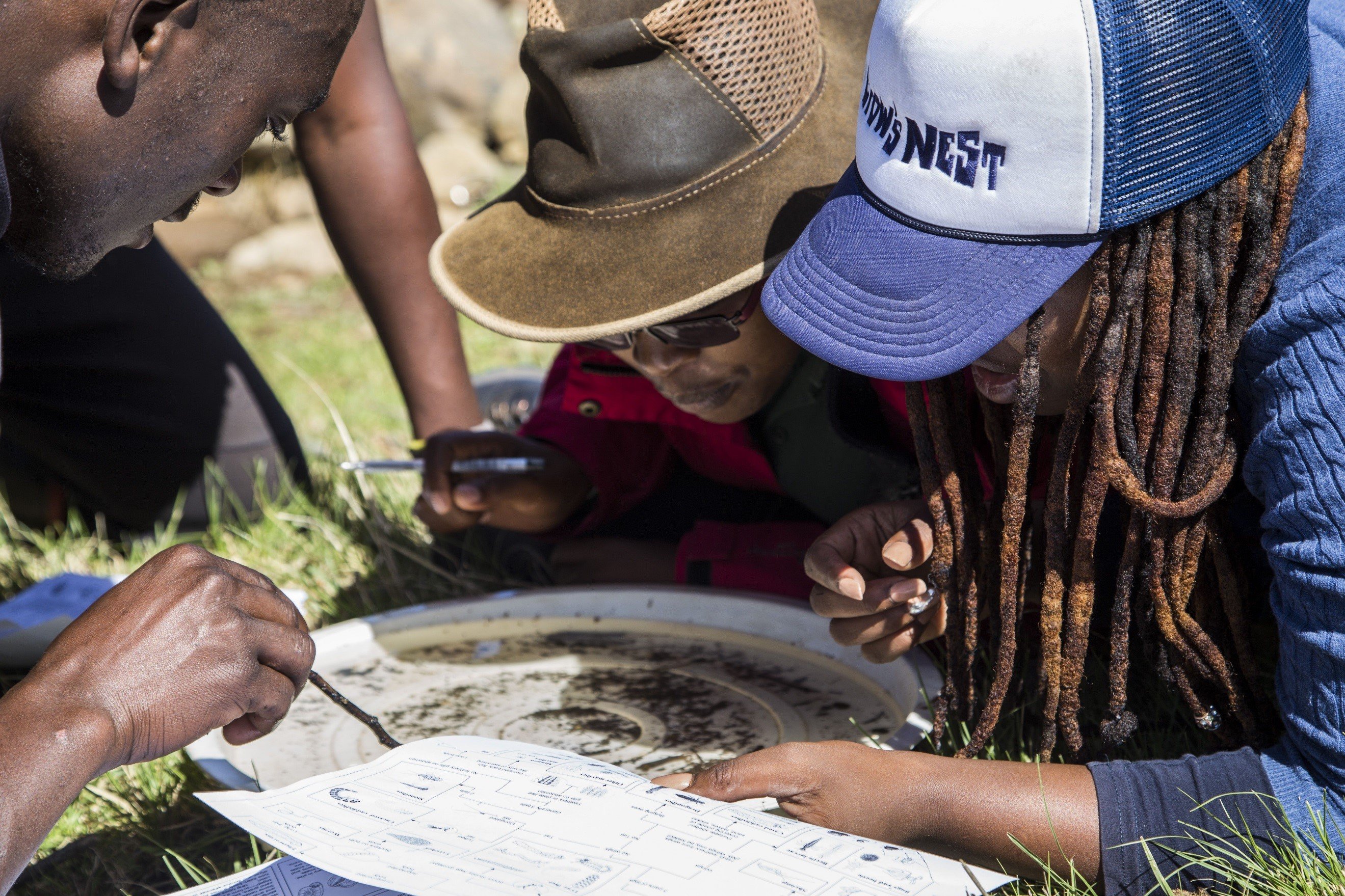 ‘Uganda’s Budongo-Bugoma Forest Corridor, situated in the north of the Albertine Rift, is considered to be one the most biodiverse regions of Africa, well known for its chimpanzee population. However, this biodiversity hotspot is under pressure from high population growth, deforestation, and seasonal water supply extremes — and the flash point is often access to water.
‘Uganda’s Budongo-Bugoma Forest Corridor, situated in the north of the Albertine Rift, is considered to be one the most biodiverse regions of Africa, well known for its chimpanzee population. However, this biodiversity hotspot is under pressure from high population growth, deforestation, and seasonal water supply extremes — and the flash point is often access to water.
‘Elsewhere on the continent in South Africa’s dry Eastern Cape Province, the country’s last free-flowing river, the Mzimvubu, is experiencing environmental stresses of its own. Surrounding grasslands are overgrazed, free-roaming livestock pollute the river, invasive tree species proliferate the landscape, and the majestic mountain terrain is severely eroded. In spite of this degradation, the river serves as the vital water source for more than one million people (and growing), many of whom are struggling to make a living off the land.
‘The pressures on these two ecosystems and the humans and wildlife that depend upon them are immense. How does one promote conservation and environmental preservation in communities lacking in such basic human needs as regular water supply and sanitation? The answer may lie in the intersection of freshwater resource management and water, sanitation, and hygiene (FW-WASH).
In Uganda, ‘interventions target 10 villages and range from restoring and supplying new water sources to engaging the community at the school level to improve sanitation and hygiene practices.
In South Africa, ‘trained community volunteers took on the first phase of pilot work to protect the river and improve water quality in four Alfred Nzo District Municipality sites.
‘Water quality monitors help perform biodiversity analysis to see what improvements in stream quality are taking place.
‘In 2011, USAID began funding a unique partnership of seven U.S.–based international conservation NGOs — the Africa Biodiversity Collaborative Group (ABCG) — to strengthen collaboration to address complex conservation challenges in sub-Saharan Africa and identify solutions. The consortium currently tackles five issue areas, one of which is the link between global health and biodiversity conservation, which includes an exploration of FW-WASH.
‘By linking FW and WASH, USAID aims to reduce watershed degradation and pollution and improve the health of the water sources and the populations who depend upon them. Protecting and restoring freshwater ecosystems that serve as drinking water sources for the poor and underserved are considered important measures to reduce water insecurity, an increasing concern in Africa and a key goal of the U.S. Government Global Water Strategy.
Read the entire article that was part of World Water Day USAID Global Water newsletter stories here: A Win-Win Approach to Biodiversity, March 12, 2018
Photo caption: The CSA team and water monitors conduct a stream quality assessment to determine changes and improvements in stream health. Photo credit: Patrick Nease/Conservation Internationale

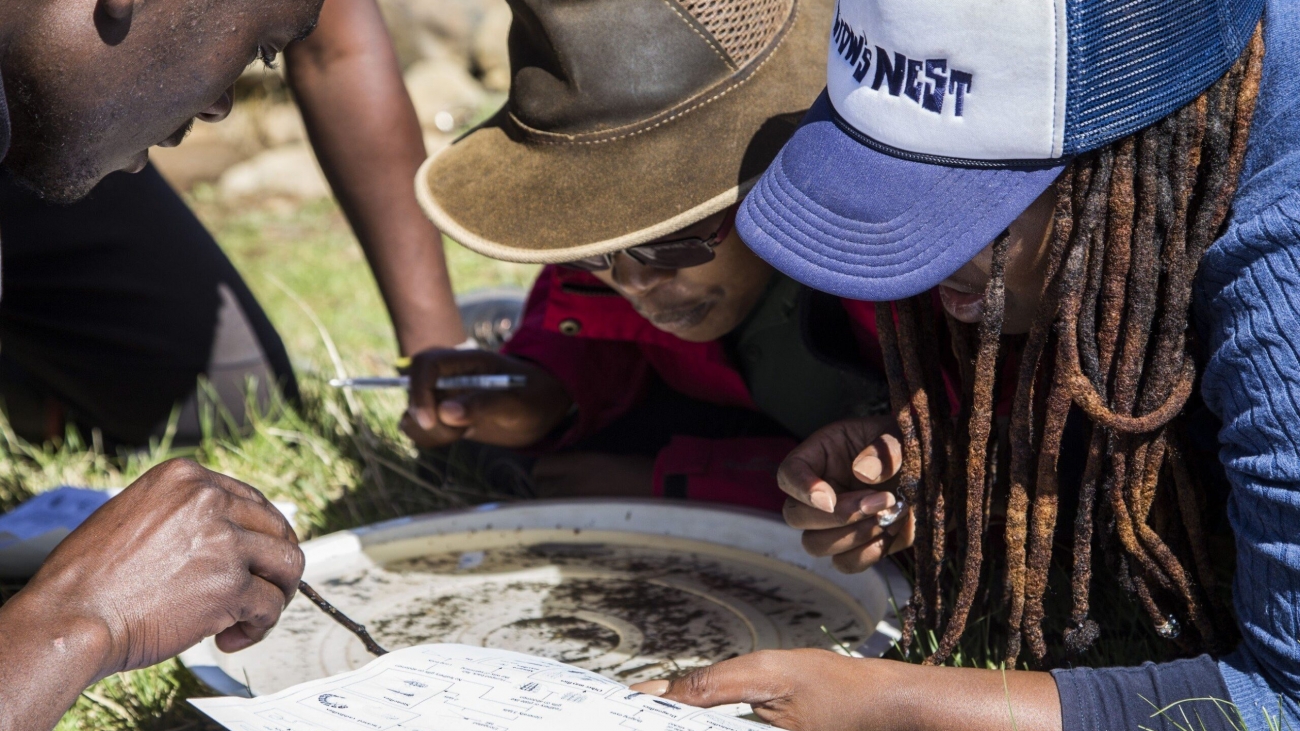
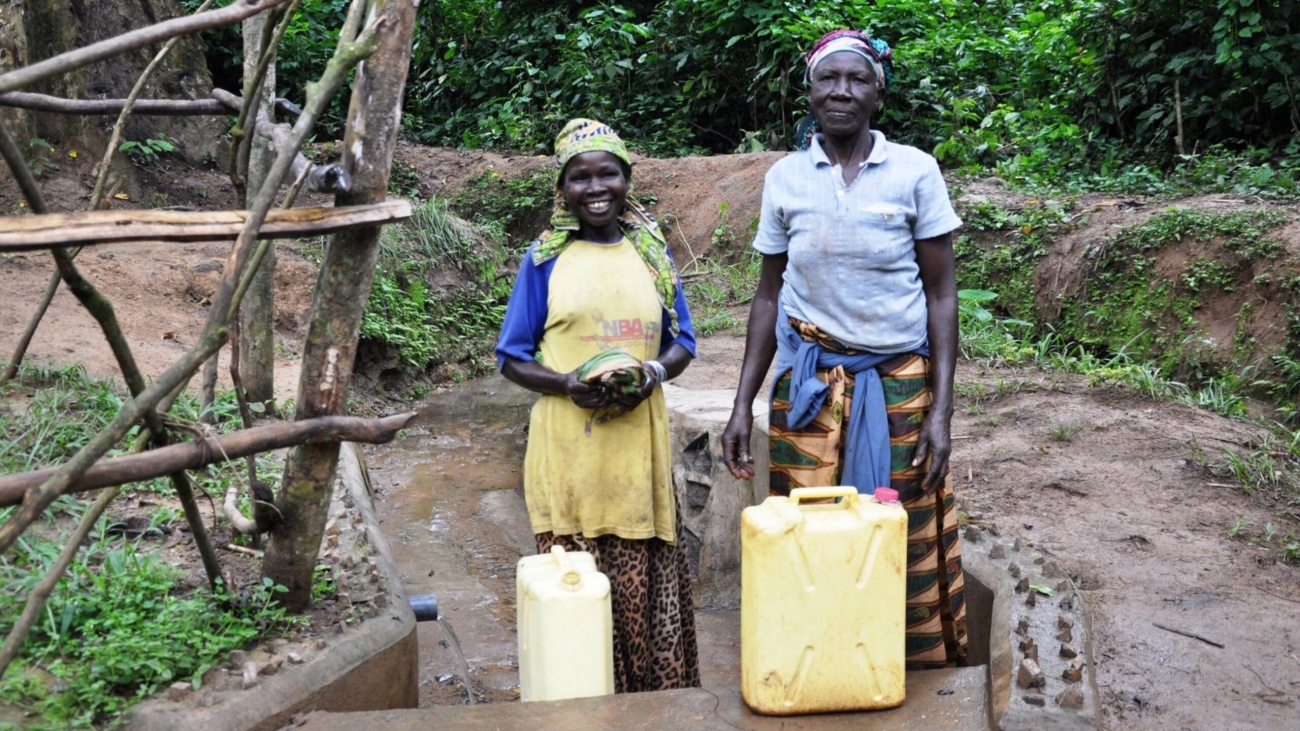

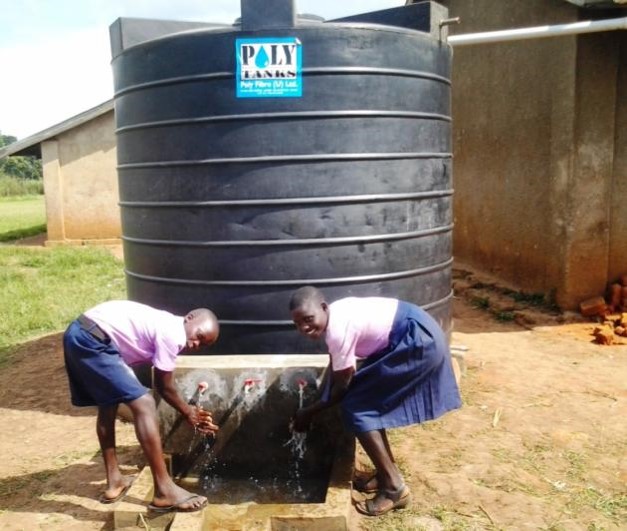 #7 School/community sanitation campaign: Campaigns involve use of local music, dance, drama, talks and videos to raise awareness. This has led to a 50% reduction in poor water and sanitation practices, such as open defecation, and washing clothes and vehicles in water sources and increased the number of schools adopting hand washing facilities.
#7 School/community sanitation campaign: Campaigns involve use of local music, dance, drama, talks and videos to raise awareness. This has led to a 50% reduction in poor water and sanitation practices, such as open defecation, and washing clothes and vehicles in water sources and increased the number of schools adopting hand washing facilities.
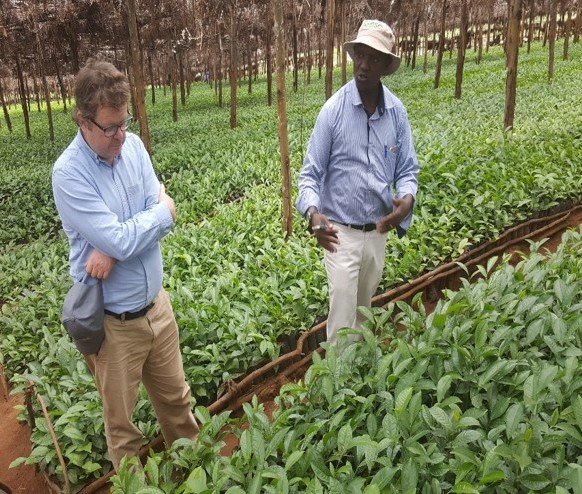 Many countries in Africa are grappling with food security concerns. Inadequate land use planning, illegal logging, uncontrolled development, and poor farming methods are some of the challenges that countries are dealing with as demand for food rises.
Many countries in Africa are grappling with food security concerns. Inadequate land use planning, illegal logging, uncontrolled development, and poor farming methods are some of the challenges that countries are dealing with as demand for food rises.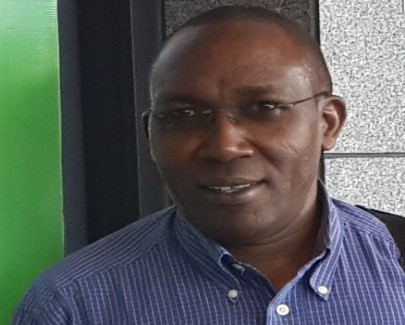 Felix Kamau is TNC’s Agriculture Strategy Director for Africa Region. He is responsible for driving TNC’s sustainable agriculture intensification strategy for Africa region, working closely with the TNC Global Agriculture team and TNC Africa Conservation Director. Felix joined TNC in July 2013. Prior to joining TNC, Felix worked for the Ministry of Agriculture and Livestock Development in Kenya as the Head of Agricultural Marketing and Agribusiness Development Services Division for 4 years. Prior to that he worked in the same Ministry for 15 years in Agricultural Extension Services Division in various capacities rising to the position of Chief of National Agricultural Extension Services Division, serving in that capacity for 7 years. He has a Masters of Science degree in Agricultural Studies from the University of Queensland (Australia); and a Bachelor of Science in Agriculture degree from the University of Nairobi (Kenya). Felix is also trained in Project Development and Management, Strategic leadership, public policy formulation and implementation, and Strategic Negotiation skills. Felix has wide international exposure in agriculture and rural development from his work and study tours he has undertaken in several countries.
Felix Kamau is TNC’s Agriculture Strategy Director for Africa Region. He is responsible for driving TNC’s sustainable agriculture intensification strategy for Africa region, working closely with the TNC Global Agriculture team and TNC Africa Conservation Director. Felix joined TNC in July 2013. Prior to joining TNC, Felix worked for the Ministry of Agriculture and Livestock Development in Kenya as the Head of Agricultural Marketing and Agribusiness Development Services Division for 4 years. Prior to that he worked in the same Ministry for 15 years in Agricultural Extension Services Division in various capacities rising to the position of Chief of National Agricultural Extension Services Division, serving in that capacity for 7 years. He has a Masters of Science degree in Agricultural Studies from the University of Queensland (Australia); and a Bachelor of Science in Agriculture degree from the University of Nairobi (Kenya). Felix is also trained in Project Development and Management, Strategic leadership, public policy formulation and implementation, and Strategic Negotiation skills. Felix has wide international exposure in agriculture and rural development from his work and study tours he has undertaken in several countries.

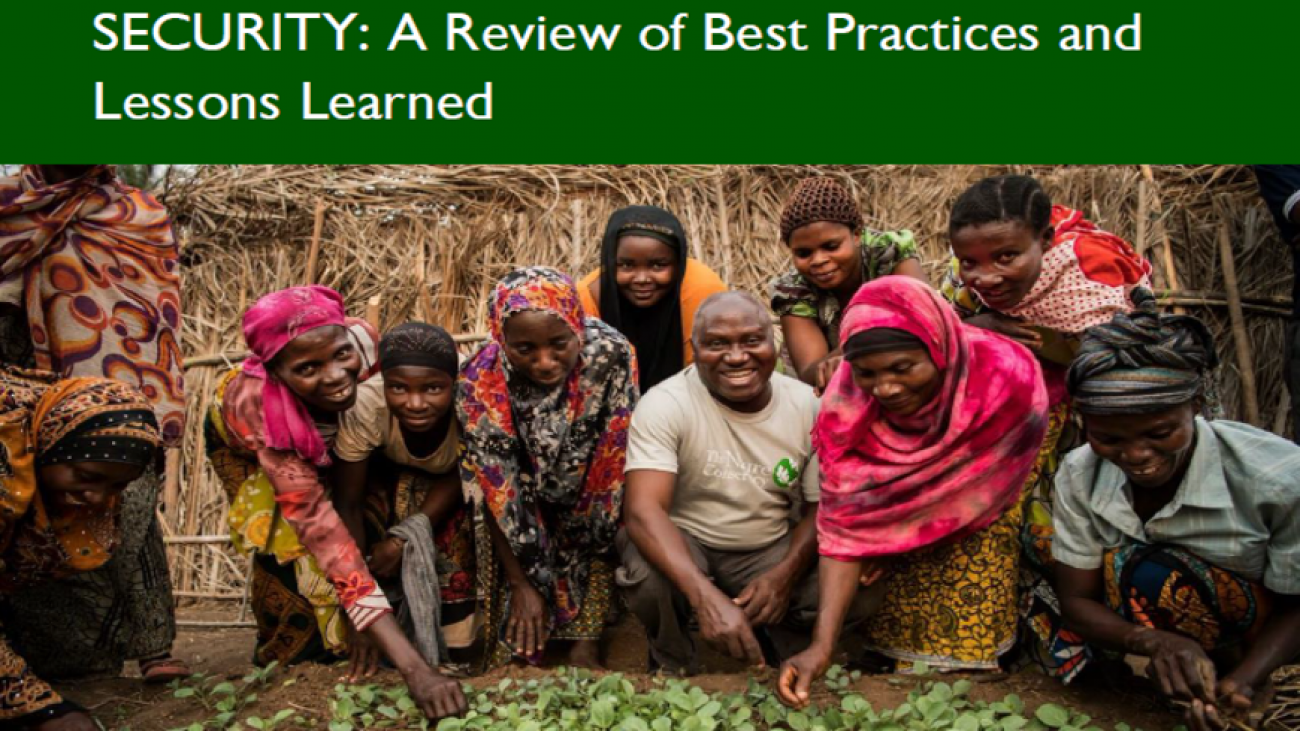
 The Population Reference Bureau recently published an article featuring the Africa Biodiversity Colloborative Groups’
The Population Reference Bureau recently published an article featuring the Africa Biodiversity Colloborative Groups’ 
